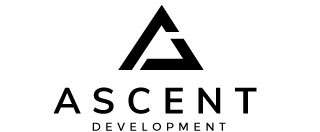Ascent Development applies a value investment approach to real estate projects to optimize risk-adjusted returns.
Investment Strategy
We apply a value investment strategy to the real estate industry. The basic tenet of the strategy is to invest in assets when its price is lower than its intrinsic value. In real estate, the simplest way to apply this strategy is to purchase real estate assets for less than replacement value. However, our extensive experience in development and construction creates value investment opportunities that aren’t, generally, available to most real estate investors.
We have always been actively involved in the both the development and construction process. Capitalizing on several decades of development experience, and an impressive list of competent subcontractors, we are able to renovate and develop new assets at a discount to market cost. This advantage increases the margin of safety on each investment and boosts overall returns.
Financial Analysis
We begin the evaluation process by assessing the total project cost versus the cost of replacing the asset. Current market conditions and long term fundamentals are also analyzed to determine the risk-adjusted return of developing versus purchasing an existing asset.
Due Diligence
We determine the current legal, financial and political status of the building through an in-depth review of public documents and interviews with informed parties. Any outstanding liens or judgments against the site are assessed and incorporated into the total project cost and timeline. Additionally, the neighborhood must be reviewed for current real estate trends to determine whether city planning intends to make any changes that could adversely, or favorably, affect the site.
Environmental Remediation
Properly addressing environmental issues is one of the most important tasks in real estate, as liability falls to any and all parties named on the chain of title and may result in personal recourse to the developer - even if the contamination predated the developer's acquisition of the site. We are familiar with the cleanup and approval process for Brownfield and contaminated sites. Our familiarity with this crucial aspect of the development process allows us to capitalize on undervalued sites that can be remediated for considerably less than their discount below replacement value.

